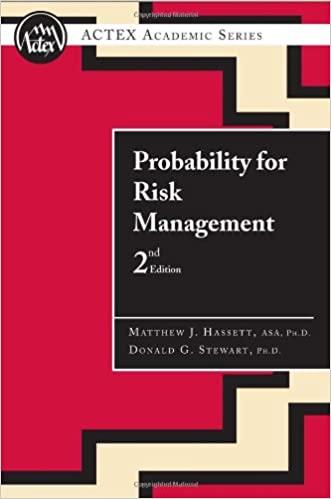Answered step by step
Verified Expert Solution
Question
1 Approved Answer
Please solve the questions correctly and with steps.. formula sheet : Empire Electric Company (EEC) uses only debt and common equity. It can borrow unlimited
Please solve the questions correctly and with steps..


"formula sheet :

Empire Electric Company (EEC) uses only debt and common equity. It can borrow unlimited amounts at an interest rate of ra = 9% as long as it finances at its target capital structure, which calls for 35% debt and 65% common equity. Its required rate of return is 15%. EEC'S tax rate is 40%. Calculate EEC's weighted average cost of capital. Show calculations. Project L costs $65,000, its expected cash inflows are $12,000 per year for 9 years, and its WACC is 9%. Draw the timeline and indicate cash flows on it. What is the project's NPV? Would you accept or reject the project? Consider the following two projects, project A and project B. Cash flows are given on the timeline below. WACC=12% for both projects. Find and interpret NPV for both projects, show calculations. which project would you accept if they are independent? Which project would you accept if they are mutually exclusive? 9 10 W 129 0 A: -100 2 + 30 3 1 30 5 1 4 + 30 6 + 30 7 + 30 + 30 8 + 30 30 30 30 10 2 3 4 1 + 25 5 + 25 B: - 132 6 + 25 7 + 25 8 + 25 9 1 25 25 25 25 25 Bonds and bond management Share Price: + D, D. (1+0) Share Price (for constantly growing dividends) Po OT PMT PMT PMT + Par Value Bond Value = Bo (1+r) *(1+r) Risk and Return NR Average Returns (R) _(R - RO) Standard deviation == n-1 (R-R) Variance of Capital Assets Pricing Model: Ti = E(R) = Rpp + BX (RM - Ryg) D, =D, x (1 + )" D +9 WACC = w: T.(1 - 1) + W, XT, CF CF NPV = (CF.) + + (1 + r). (1+r)2 (1+r) CF: CF. (1 + r)" CFo CF CF (1 + IRR) (1 + IRR) (1 + IRR)" + Valuation of Shares and Companies CF (1 + IRR)" CF + NPV CF BEP Profitability Index (PI) Fixed Cost Selling Price - Variable Cost Financial Leverage Q(PVC) Operating Leverage = Q(P-VC) - FC Q(P-VC) - FC Q(P-VC) - FC -1
Step by Step Solution
There are 3 Steps involved in it
Step: 1

Get Instant Access to Expert-Tailored Solutions
See step-by-step solutions with expert insights and AI powered tools for academic success
Step: 2

Step: 3

Ace Your Homework with AI
Get the answers you need in no time with our AI-driven, step-by-step assistance
Get Started


